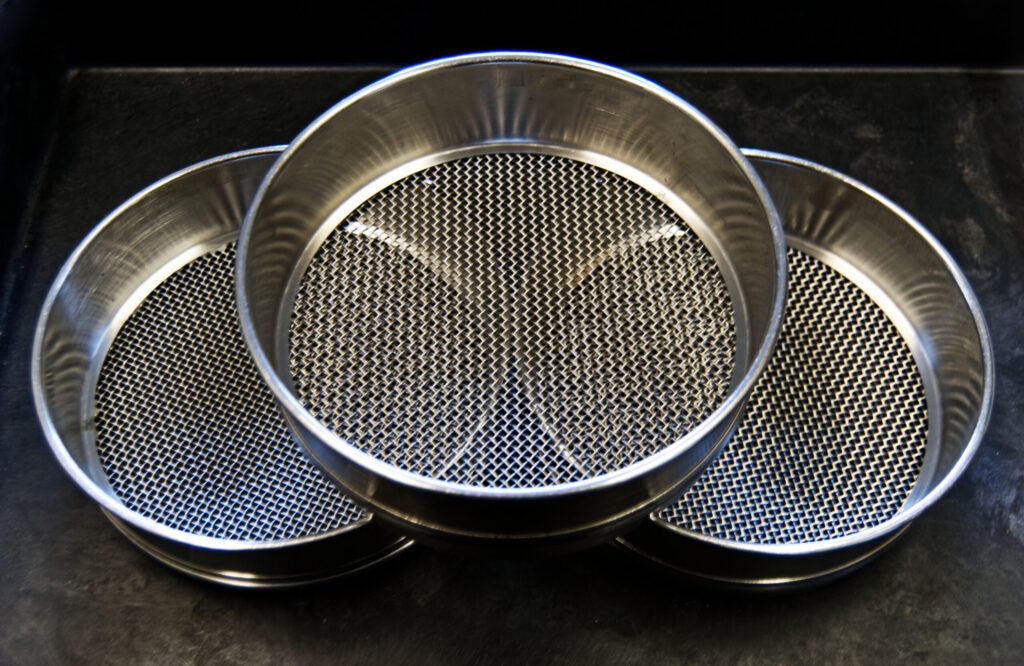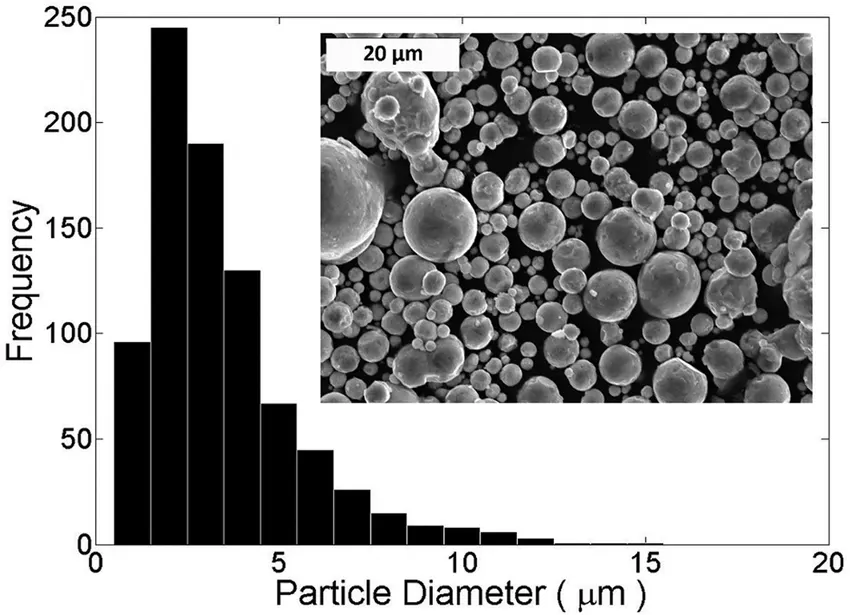In the realm of laboratory particle size analysis, selecting sieves is pivotal for precision and reliability. Lab sieves come in different categories, each serving a unique purpose in ensuring accurate results. Let’s delve into the world of lab sieves, focusing on Calibration Sieves, Inspection Sieves, and Working Sieves, and discover their distinct roles in particle analysis.
Calibration Lab Sieves: Precision Unleashed
Calibration sieves serve as the vanguard of precision in the realm of lab sieves. They precisely manufacture each sieve to achieve specific openings and maintain them accurately.
Traceability: These sieves trace back to national or international standards. This traceability ensures the highest level of accuracy and consistency in particle size analysis.
Exclusive Purpose: Calibration sieves solely calibrate other sieves and particle size analyzers due to their exceptional accuracy.
Inspection Sieves: Quality Assurance Guardians
Inspection sieves act as the gatekeepers of quality control in particle size analysis. They verify the performance of working sieves, ensuring they meet specified standards.
Quality Assurance: Inspection sieves have known and certified openings. This certification maintains the quality and reliability of the particle size analysis.
Verification: Inspection sieves are periodically used to check that working sieves maintain their intended openings and integrity over time. This is a safeguard for the accuracy of particle size results.
Continuous Quality Control: Inspection sieves are vital in ongoing quality control efforts, helping detect and rectify deviations that could compromise particle size analysis data integrity.
Working Sieves: The Backbone of Particle Analysis
Working sieves are the unsung heroes of particle size analysis, tirelessly sieving samples and providing crucial data for a wide range of applications.
Diverse Applications: Working sieves come in various sizes and materials, catering to different sample types and applications, handling everything from fine powders to coarse aggregates.
Durability: These sieves are built to endure the rigors of routine sieving operations, designed for long-term use and ensuring consistent, reliable results.
Everyday Analysis: Working sieves are the go-to choice for everyday particle size analysis tasks, employed across industries from research and quality control to manufacturing and beyond.
Choosing the Right Lab Sieves:
Selecting the appropriate lab sieve for your application is critical for obtaining accurate particle size analysis results. Consider the following factors when making your choice:
Purpose: Determine whether you need calibration sieves for reference, inspection sieves for quality control, or working sieves for routine analysis.
Sample Characteristics: Evaluate the nature and size range of your samples, potentially requiring different sieves for fine powders versus larger particles.
Accuracy Requirements: Precision and accuracy requirements should align with the purpose of your analysis.
Regulatory Compliance: Certain industries have specific regulatory standards dictating the use of particular lab sieve types.
In conclusion, lab sieves play a fundamental role in particle size analysis across diverse industries. Calibration sieves represent precision, inspection sieves ensure quality control, and working sieves form the backbone of everyday analysis. Understanding these roles and distinctions helps you make informed choices for accurate and consistent particle size analysis in your laboratory. Lab sieves unlock precise particle analysis potential.



